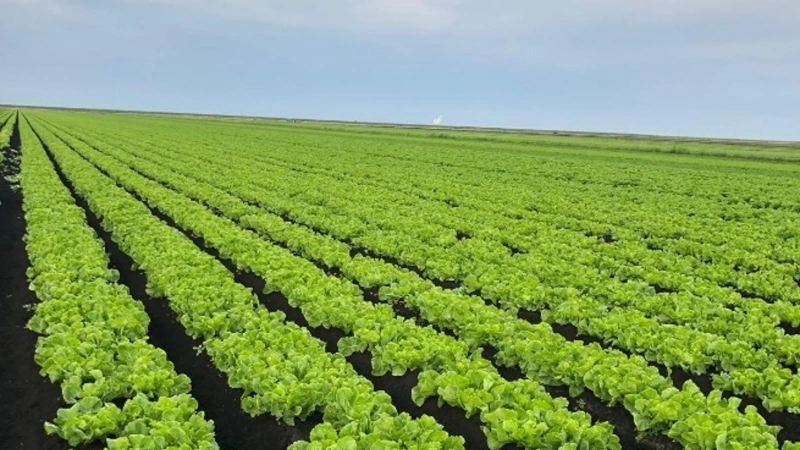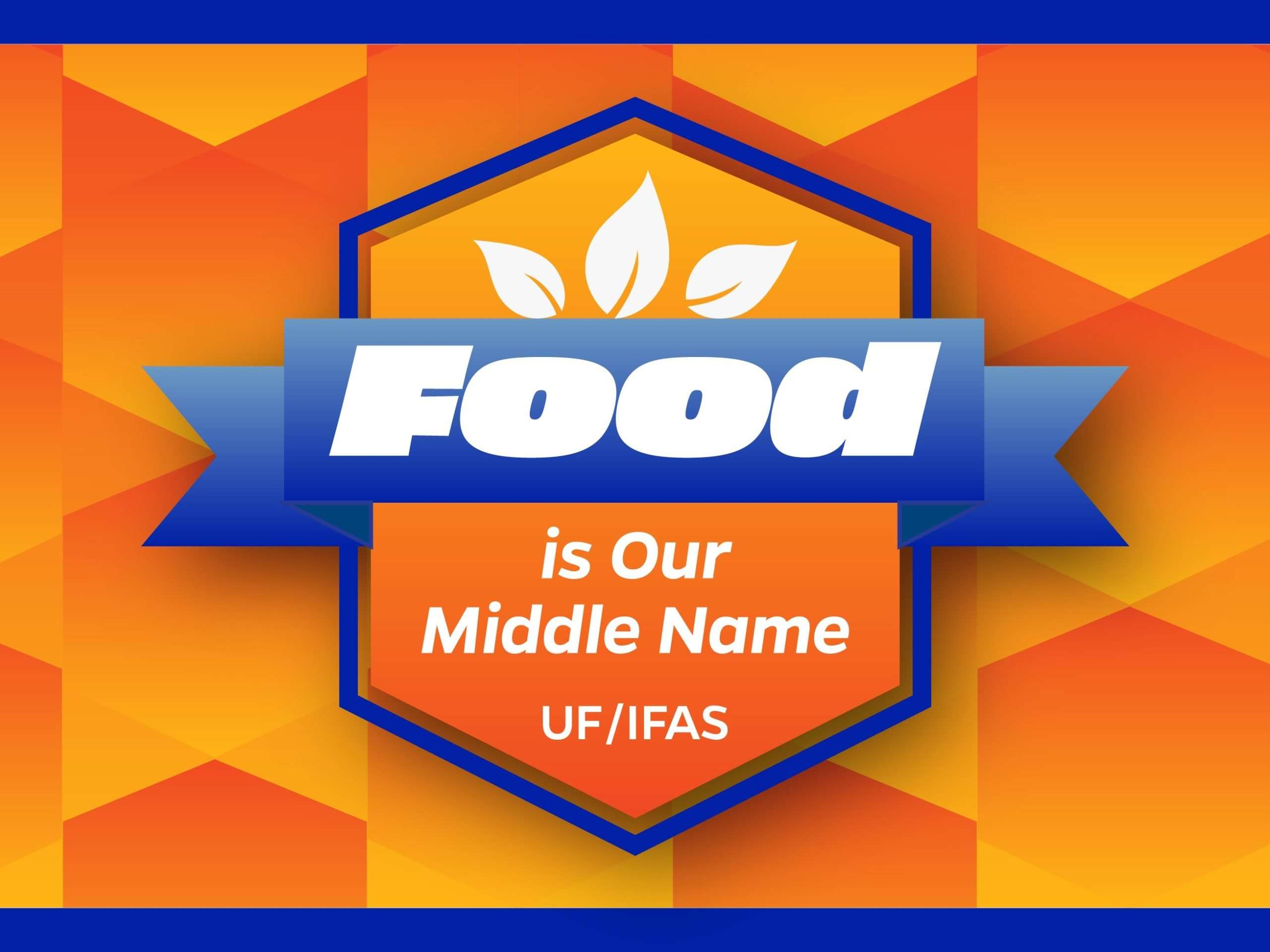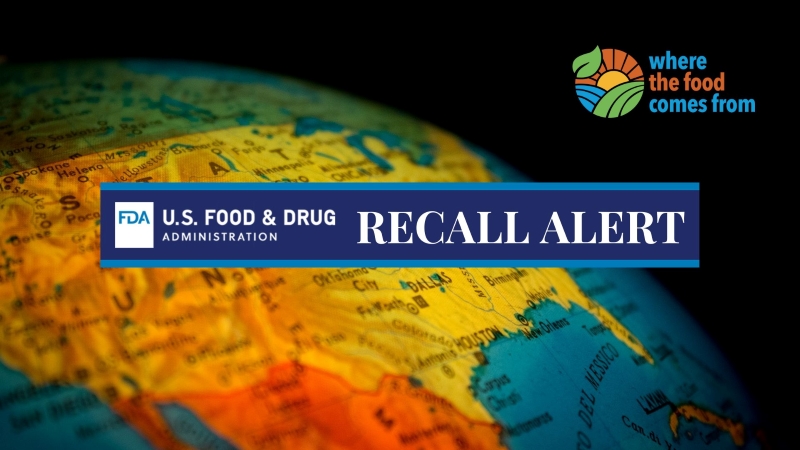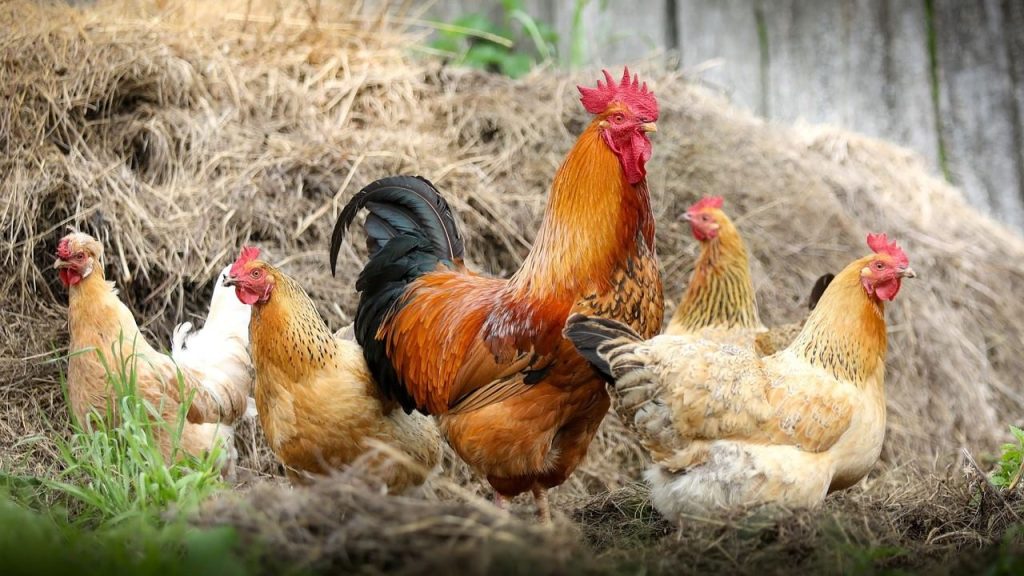Written by: Lourdes Mederos, Public Relations Manager, UF/IFAS
Lourdes’ passion is to bring awareness of innovative work, research breakthroughs, and science-based solutions to all of Florida by connecting the work of dedicated UF/IFAS scientists, faculty, students, and Extension agents in Florida’s southeast region with the residents and visitors of the Sunshine State through the power of public relations.
As Thanksgiving approaches, ushering in the holiday season, horticulture experts at the University of Florida Institute of Food and Agricultural Sciences (UF/IFAS) are touting bountiful insights about two nutritious leafy vegetables set to elevate festive meals and home gardens this year: escarole and endive.
FEATURE IMAGE: An endive field in the Everglades Agricultural Area in southern Florida. Credit:UF/IFAS Gustavo Kreutz
These versatile greens, highlighted in a recent Ask IFAS document, are ideal for tapas, soups, salads, appetizers, side dishes and as key flavoring and texture ingredients in main dishes.
Germán Sandoya, associate professor of horticultural sciences at UF/IFAS Everglades Research and Education Center (EREC) and co-author of “Escarole and Endive: Nutritious Leafy Vegetables with High Potential for Floridians,” emphasizes the potential of these vegetables.
“Escaroles and endives are not just delicious, but also highly nutritious, unknown by many in the United States but popular in other countries worldwide,” Sandoya said. “Both can grow well in the home garden and are pretty, like lettuce. These leafy vegetables can be cooked or consumed raw, something that many leafy vegetables do not offer. Some of the types look like lettuce and can be found in grocery stores throughout the country.”
Popular in European countries, escarole and endive have the potential to become more widely consumed in the United States, with Florida ranked as the second-largest producer of these leafy vegetables.
“In the states, both leafy vegetables are available in the wintertime, so next time you stop by the store, give them a try,” said Sandoya.
Both leafy vegetables are produced in Palm Beach County and are available starting in November through the winter and the spring. While you may find some escaroles and endives in the summertime, they most likely come from other parts of the country as the summers are too warm for these leafy vegetables.
Sandoya, who leads the UF/IFAS Lettuce Breeding Program offers the following additional morsels of information highlighting key points in the research.
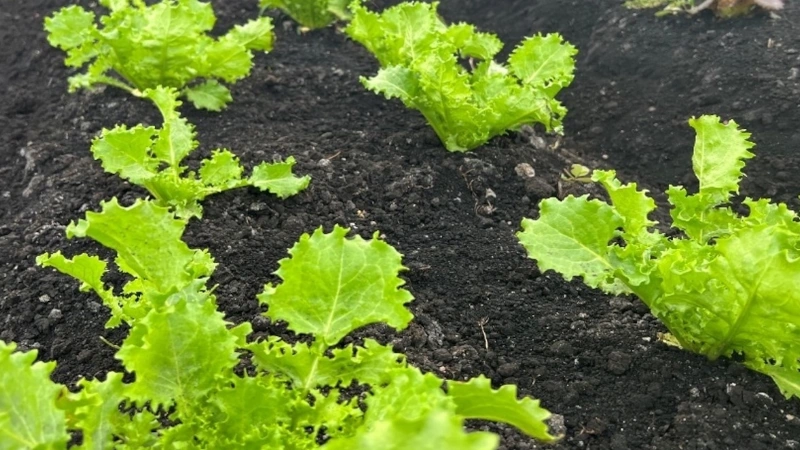
Escarole cultivated in rich organic muck soils of the Everglades Agricultural Area. Credit: UF/IFAS Lettuce Breeding Program.
Sandoya, who leads the UF/IFAS Lettuce Breeding Program offers the following additional morsels of information highlighting key points in the research.
Q: How can these vegetables be used in holiday dishes?
A: Both vegetables are incredibly versatile across cultures and countries. Tapas, soups, appetizers and even main dishes are a great place for these. The Fresh From Florida website offers many recipes using escarole and endive.
Q: What are the key nutritional benefits of escarole and endive that make them ideal for holiday meals?
A: Both leafy vegetables have more vitamins A and B than lettuce, for example, and that makes them ideal, nutritious and fresh ingredients for salads. Some endives, like Belgian endives, can be cooked. I personally cut them longitudinally in fourths, bake them with some olive oil and balsamic vinegar and add a little bit of salt. Delicious!
Escaroles and endives are also rich in minerals that aid in human nutrition.
Q: What are the benefits of growing escarole and endive in Florida?
A: The great weather is Florida’s wintertime! This is the time when we grow leafy vegetables in Florida. Whether you are growing escaroles and endives, or lettuce, or tomatoes, wintertime is the best time of the year in the Sunshine State.
Q: What are the top three best practices for growing escarole and endive in Florida’s winter climate?
A: Acquire certified seeds, don’t water often and use just enough care and follow the recommendations found in Ask IFAS Chapter 9. Leafy Vegetable Production. When in doubt, always ask your Extension vegetable agent throughout the 67 counties in Florida.
Q: How do escarole and endive compare to other leafy vegetables in terms of growing as a crop and for a home gardener?
A: These crops are easy to grow. Gardeners can directly seed these vegetables in raised beds that can be purchased at any gardening retailer. They can be grown in bags or beds like any other vegetables. It all depends on how much area you have at home and what other tools you have available. These crops do not need much artificial lighting as they are adapted to the shorter day length in the wintertime. Further information can be found on Ask IFAS.
Q: What are some common diseases and pests that affect escarole and endive, and how can they be managed?
A: As in any crop, pests and diseases may affect production. There are several pests and diseases that could affect these crops, but if they are planted along with other vegetables, chances are you will create barriers for natural enemies. Using certified seeds from a reputable source is highly recommended to avoid any enemies in your crops.
The post Discover how escarole and endive can elevate a holiday feast first appeared in the University of Florida Institute of Food and Agricultural Sciences’ Agriculture blog.
The mission of the University of Florida Institute of Food and Agricultural Sciences (UF/IFAS) is to develop knowledge relevant to agricultural, human and natural resources and to make that knowledge available to sustain and enhance the quality of human life. With more than a dozen research facilities, 67 county Extension offices, and award-winning students and faculty in the UF College of Agricultural and Life Sciences, UF/IFAS brings science-based solutions to the state’s agricultural and natural resources industries, and all Florida residents.
Feeding a hungry world takes effort. Nearly everything we do comes back to food: from growing it and getting it to consumers, to conserving natural resources and supporting agricultural efforts. Explore all the reasons why at ifas.ufl.edu/food or follow #FoodIsOurMiddleName.
